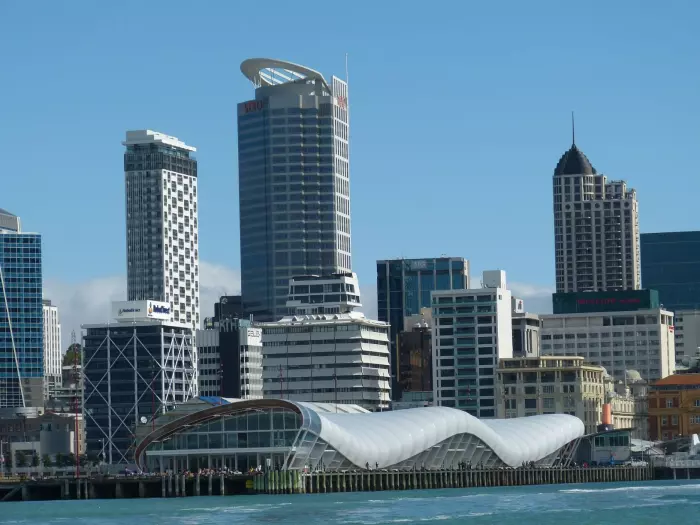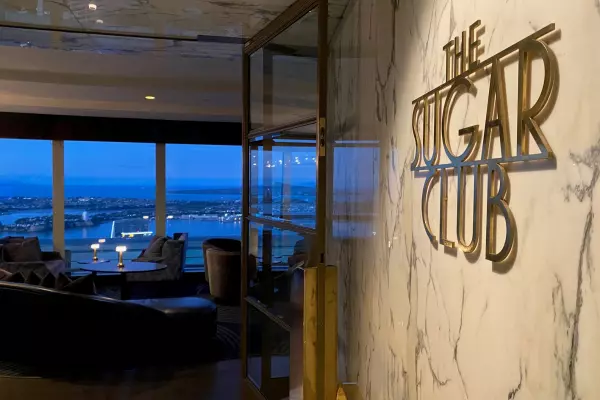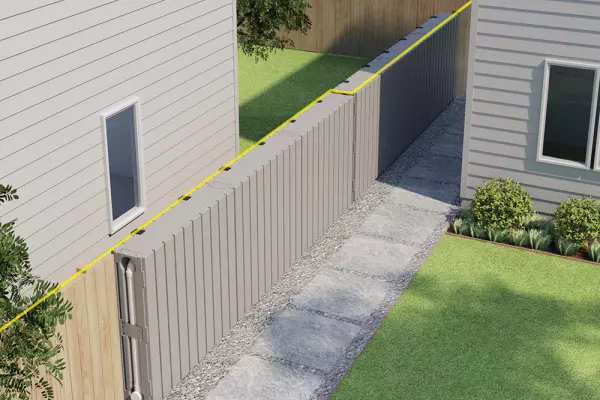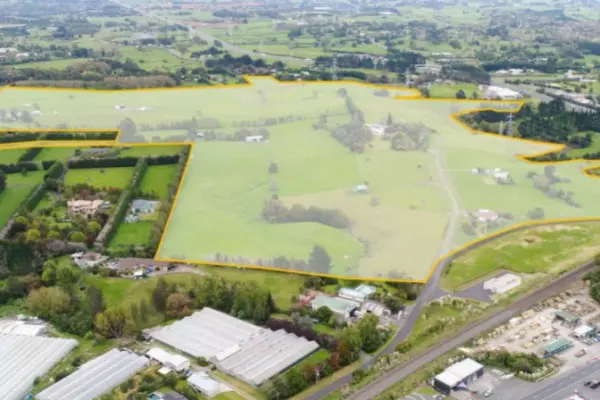Underused commercial office space could be the key to a shortfall in affordable housing for first home buyers and offer options for renters, according to an international corporate financier.
The idea to ‘repurpose’ commercial properties comes on the back of the government’s new settings on urban development - which aim to create high and medium density communities with “good urban design and open spaces” - at a time when councils themselves may sell property.
Converting older office blocks into apartments or ‘loft style’ living is not a novel concept. It's actively driven across city centres such as Brisbane and in New Zealand, Dunedin, whose council is providing heritage grants incentivising developers to modernise and repurpose older, heritage-style assets.
Steve Holden, of corporate finance firm Neu Capital, said the trend towards ‘hot desking’ and work-from-home models, will have an "inevitable impact" on the commercial office sector. This would be seen to be more acute in the mid-tier part of the office market, where affordability was more an issue.
Holden said in addition to businesses needing less physical space, expensive office space – upwards of $250 per square-metre even at second-tier rentals – are an “obvious target” for reducing overheads at a crucial time.
Increasingly vacant
In Auckland, he said insiders are talking of a “significant portion of Shortland St relocating closer to the harbour with buildings on the ‘wrong side’ of Wyndham St” looking increasingly vacant.
While commercial brokers report A-grade office vacancies at a still-stable 5 percent, lower grade commercial vacancies have moved to about 11 percent in the city and “could be headed” to rates last seen in the early 1990s when the country was in the grips of a recession.
Holden said that's similar to US, Australian and Western European levels, where, for example, modern co-working space providers such as WeWork - the largest single tenant in London and New York and a recent entrant to Auckland - are coming under enormous pressure, made worse by the contrast in long-term leases and short-term rental options.
Corelogic property economist Kelvin Davidson said that while the “death of the office” is probably being overplayed a bit, he thought conversions to residential are a “great idea.” Still, that might not be necessary under covid, where there is an oversupply of apartments while international students are shut out of the country.
A function of demand
Auckland Council chief economist David Norman said converting lower grade office space into apartments had been a long-term trend, but the pattern is “simply a function of what people demand.”
He said the appetite to convert will be affected by the lack of both overseas students and tourism, which is also affecting demand for Airbnb style accommodation. “During these first few months, it is unlikely anyone will make any major decisions around office block conversions.”
Chris Dibble, national director at Colliers International, said while the firm forecasts CBD office vacancy levels to increase, he expects it to remain “below long-term averages at this stage.”
And while the sector is expecting some impacts from people working from home, Dibble said there is still a "long way to go in understanding the full impact on occupier demand,” with more clarity expected after government support drops away in September.
Corelogic's Davidson said the other issue with conversions is that they can face consenting issues, such as fire exit requirements, as well as administrative demands of managing residential tenants, versus “just a few” commercial tenants.
Ryan Johnson, national director of commercial with Bayleys Real Estate, said converting office buildings is not as easy as one would think, particularly in major centres such as Auckland or Wellington where there are still low vacancies. That means there's a high acquisition cost to convert.
As a rule of thumb, Johnson said lower grade office blocks can cost in the region of $6,000 a square-metre, with conversion costs coming in at about $3,500 sqm. Adding an estimated 6 percent in interest charges, plus agency fees of about 2.5 percent, means developers need to realise about $15,000 sqm for a decent return, he said.
A question of heritage
And those consenting issues will be expected to be even more onerous where heritage buildings are concerned. In Auckland, where about 2,000 buildings are defined as ‘significant’ under the city's unitary plan, the allowable level of refurbishment and demolition is defined by whether they have special regional or national significance.
Rebecca Fogel, team leader of the Auckland Council’s built heritage implementation team, said the main difference between the two is that those assets that have special historical or cultural values are essentially protected “inside and out” and need to be 70 percent retained. The level of modifications to buildings classed as a heritage structure in a particular area, will depend on the impact of the intended work and the assurance that future use is “compatible” with the values of the building.
She confirmed, however, that the council is fielding "all sorts" of proposals in respect of conversions. While it's looking at allowing greater flexibility, for example by not including a certain number of parking bays, “the ultimate usage and consents were defined by the values the plan was trying to protect.”
Harcourts NZ managing director Bryan Thomson said the ultimate question for developers is the economic one.
While in the Auckland context there are some “obvious heritage candidates” – Quay St’s old ferry building or the former “creepy santa” Farmers site on Queen St being two – issues such as earthquake strengthening and other compliance may prove too costly across ultimate yields, he said.
Quality, upper end in demand
Another element, said Thomson, is whether a building is suited to meeting the most pressing need, and that “was certainly not” in the student market, particularly while borders are closed.
He said there is consistent demand for apartments in inner cities. However, where office or other commercial buildings are concerned, they're limited to generally smaller projects that can be converted to quality, upper-end family apartments catering for people who may be “downsizing from a large house in the suburbs.”
“So they will be looking for high-end fixtures and fittings, will generally want some outdoor area and who want a place that has got owner-occupiers living there, rather than a transient, Airbnb population – so not every office building built in the 70s or 80s will suit.”
“The conversion of a building is not a religious experience. It’s done for profit.”














